Sesame Seed Dressing
One of the most requested recipes I’m asked for is a good Sesame Dressing for salad, chicken, or seafood. If you quickly search the Internet for “sesame dressing,” you will find hundreds of variations for this simple Asian staple.
Which one you decide on using may depend on your own personal tastes. You can increase the amounts of individual ingredients to give this dressing more sweetness or some extra tanginess. This is a basic recipe for sesame dressing that can be adapted to your own personal tastes.
About Sesame Dressing
Sesame dressing, a savory and aromatic condiment, is treasured in the culinary world, particularly in Asian cuisine. This versatile dressing is a harmonious blend of toasted sesame seeds, oil, and other ingredients, creating a rich, nutty flavor profile that enhances various dishes.
The foundation of sesame dressing is, of course, sesame seeds. These tiny, oil-rich seeds are toasted to perfection, unlocking their full nutty flavor and giving the dressing its distinctive taste. The toasting process also brings out the seeds’ natural oils, contributing to the dressing’s creamy texture and mouthfeel.
Sesame oil is another essential component of this dressing. It adds depth and richness, complementing the toasted sesame seeds and infusing the dressing with its characteristic aroma.
Different types of sesame oil are available, such as dark and light varieties. Dark sesame oil has a more intense flavor and is often used sparingly to impart a robust sesame taste, while light sesame oil has a milder flavor and is commonly used as a cooking oil.
To balance out the intense nuttiness of the sesame seeds and oil, other ingredients like soy sauce, rice vinegar, and sweeteners such as honey or sugar are often added to the mix. Soy sauce provides a salty umami kick, while rice vinegar offers a subtle tanginess that brightens up the dressing. Sweeteners help to round out the flavors, adding a touch of sweetness that harmonizes with the other ingredients.
The resulting sesame dressing is a versatile powerhouse that can elevate a wide range of dishes. It’s commonly drizzled over salads, transforming simple greens into a gourmet experience. Its robust flavor profile also makes it an excellent marinade for meats and vegetables, infusing them with its distinctive taste and helping tenderize them.
Nutritional Benefits
In addition to its culinary uses, sesame dressing is also valued for its nutritional benefits. Sesame seeds are packed with essential nutrients like calcium, iron, magnesium, and beneficial antioxidants. The sesame oil used in the dressing is rich in healthy fats, particularly omega-6 fatty acids, which can help support heart health when consumed in moderation.
Sesame dressing is a beloved condiment with a delightful blend of flavors and textures. Its nutty richness, balanced with hints of sweetness, saltiness, and tanginess, makes it a versatile addition to any kitchen. Whether used as a salad dressing, marinade, or dipping sauce, sesame dressing adds a touch of culinary magic to dishes, turning ordinary meals into extraordinary culinary experiences.
Dark Sesame Vs. Light Sesame Oil
Dark sesame oil and light sesame oil are two distinct varieties of sesame oil that differ in color, flavor, and usage due to their processing methods and composition. Here are the key differences between the two:
Color
Dark Sesame Oil: Dark sesame oil has a deep amber or brownish color, which comes from the toasted sesame seeds used to produce it.
Light Sesame Oil: Light sesame oil is pale yellow in color, resembling other vegetable oils. It is usually made from raw, untoasted sesame seeds, which gives it a lighter hue.
Flavor
Dark Sesame Oil: Dark sesame oil has a strong, intense flavor with a pronounced nuttiness and roasted aroma. It is rich and robust, making it a potent ingredient that can easily overpower other flavors.
Light Sesame Oil: Light sesame oil has a milder, more subtle flavor than its dark counterpart. It retains some of the nutty notes characteristic of sesame oil but is generally less intense and more versatile in cooking.
Processing
Dark Sesame Oil: Dark sesame oil is produced by pressing toasted sesame seeds, which results in a stronger flavor and darker color due to the toasting process.
Light Sesame Oil: Light sesame oil is typically made from raw sesame seeds that are cold-pressed or expeller-pressed to extract the oil. This gentle processing method helps preserve the oil’s natural properties and lighter color.
Smoke Point
Dark Sesame Oil: Dark sesame oil has a lower smoke point than light sesame oil, making it less suitable for high-temperature cooking methods like frying.
Light Sesame Oil: Light sesame oil has a higher smoke point, making it more suitable for cooking methods that require higher temperatures, such as stir-frying and sautéing.
Usage
Dark Sesame Oil: Due to its strong flavor and low smoke point, it is often used in small quantities as a finishing oil or flavor enhancer in dishes like dressings, marinades, and sauces.
Light Sesame Oil: Light sesame oil is more versatile and can be used for various cooking methods, including frying, baking, and salad dressings, without overwhelming the dish with its flavor.
While dark and light sesame oils share the same base ingredient, their distinct processing methods result in oils with different colors, flavors, and cooking properties. Dark sesame oil is best suited for adding a robust sesame flavor to dishes. In contrast, light sesame oil offers a more neutral flavor profile and higher heat tolerance for versatile cooking applications.
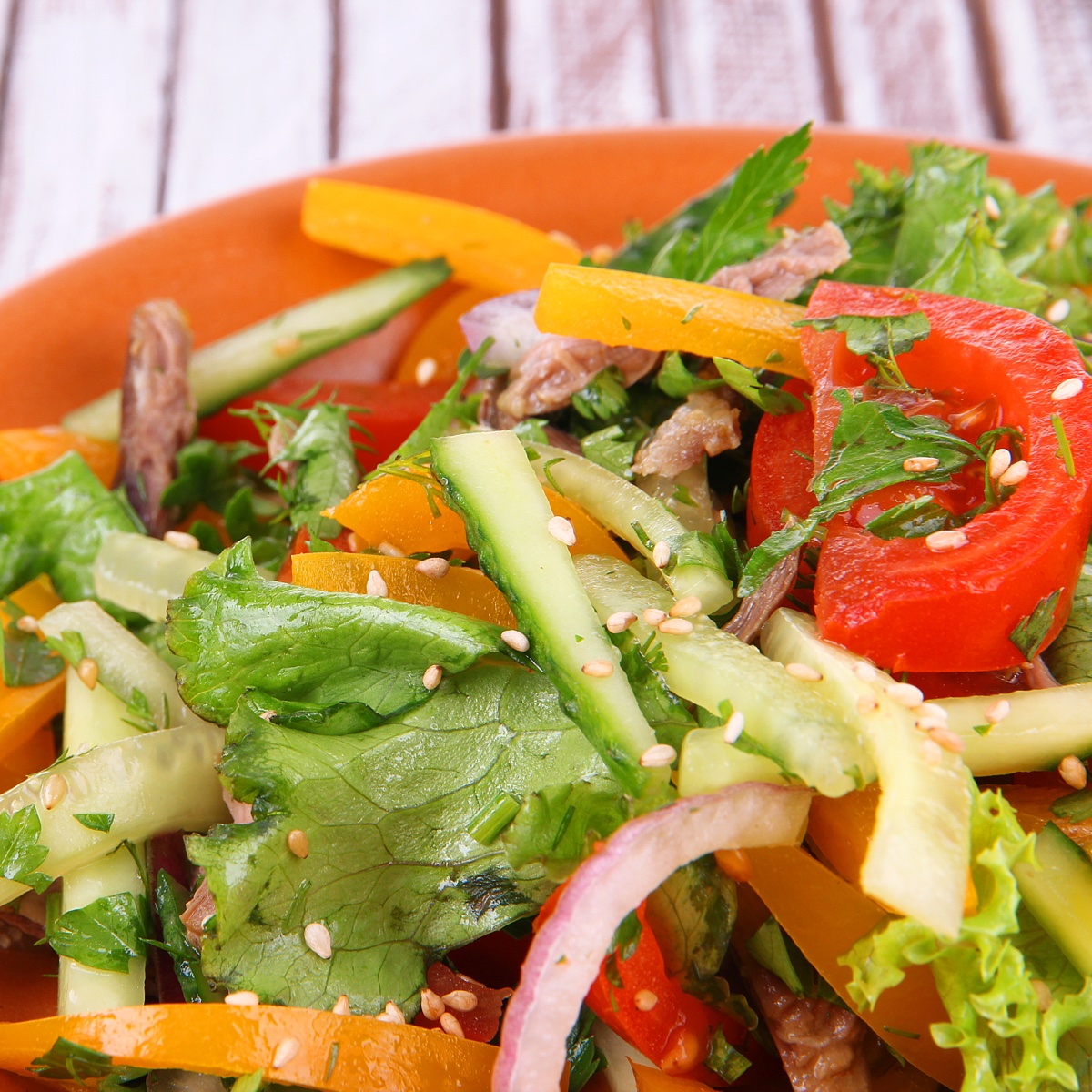
Sesame Dressing Recipe
Ingredients
- 3 tablespoons soy sauce good quality
- 3 teaspoons sesame paste available in Asian markets and most supermarkets these days
- ½ tablespoon hoisin sauce
- ½ tablespoon sugar to taste
- 1 dash hot chili sauce
- 1 teaspoon rice wine I like Mirin, a Japanese sweet rice wine
- ½ tablespoon boiling water good chance you'll be cooking noodles with this dressing, so here's your source
- 1 tablespoon sesame seeds toasted, optional
Instructions
- In a small bowl, whisk the soy sauce, sesame paste, hoisin sauce, sugar, chili hot sauce and rice wine together.
- Add the hot water and continue whisking until the sugar is completely dissolved. If you are opting for toasted sesame seeds, stir them in now.
- Taste and adjust seasonings to your personal liking.
- This dressing tastes better when chilled. Cover the bowl or transfer the dressing into a glass jar and refrigerate until you are ready to use it.
Notes
- soy sauce
- dark soy sauce
- fresh ginger
- scallions
- wasabi paste
- hot or sweet mustard
- Asian sesame oil
- honey
- Mayonnaise to make it creamy







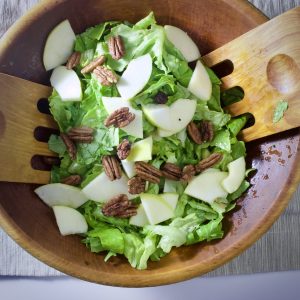


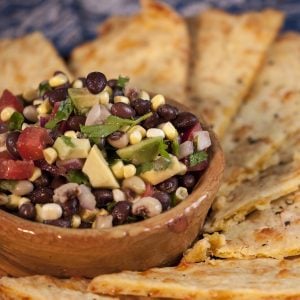
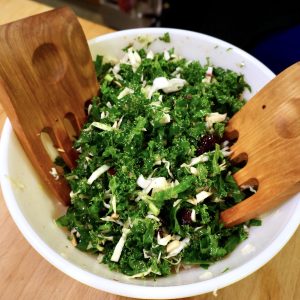
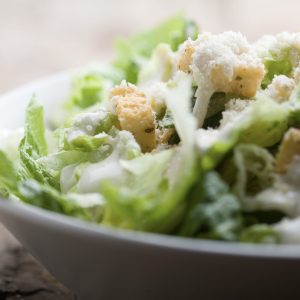




One Response
Simple! 2 to 3 tablespoons each, equal parts of mayo & light corn syrup, and 1teas. seasame seed oil. mix all and pour over asian salad mix .Top off with cranberry’s slivered almonds and chow mein noodles.GREAT